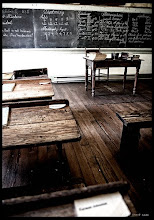Chapter 12 continues the trend of implementing technology. This chapter's focus however, is on the literacy and certification of the teacher and the training involved for this technology. There are different kinds of certifications that one can receive for technology including state and national certifications. There are also standards that one must meet under different laws such as the NCLB.
There and many different ways to obtain training for technology that will be used during your time as a teacher. These can include online training, credit courses, in-service workshops, self-studies, and professional organizations. Being able to use different technology is a great way for a teacher to get the students to learn. Inspiration is one tool that I was unaware of before this course, but have found it quite useful in creating charts to help students understand how different ideas and topics are linked to one another. Know the latest technology can really help a teacher stay ahead of the game and reach his/her students in a more effective and efficient way.




